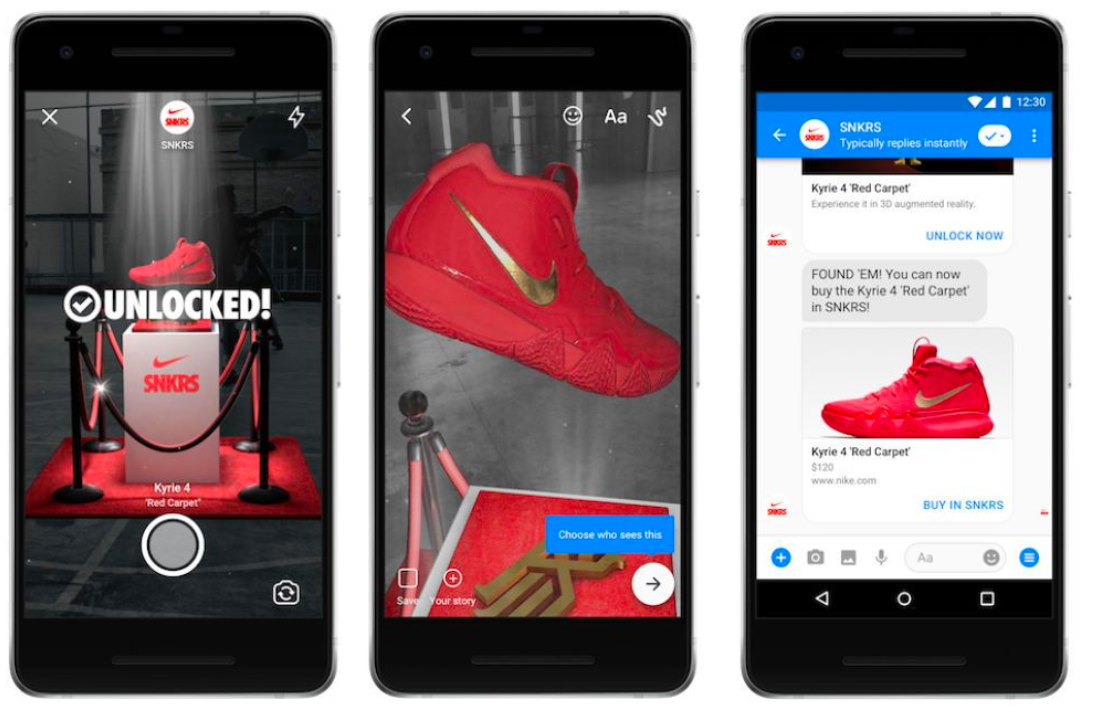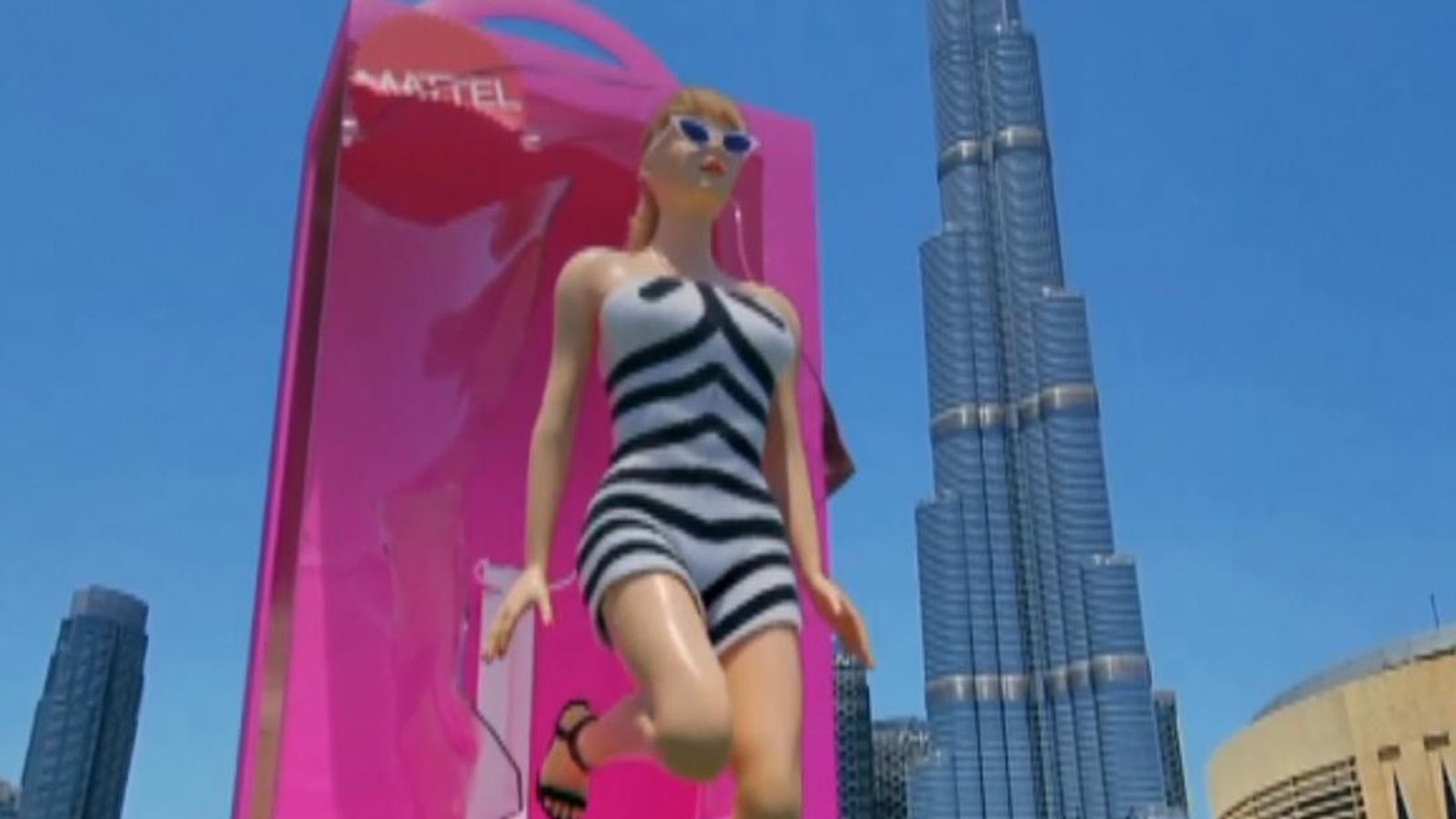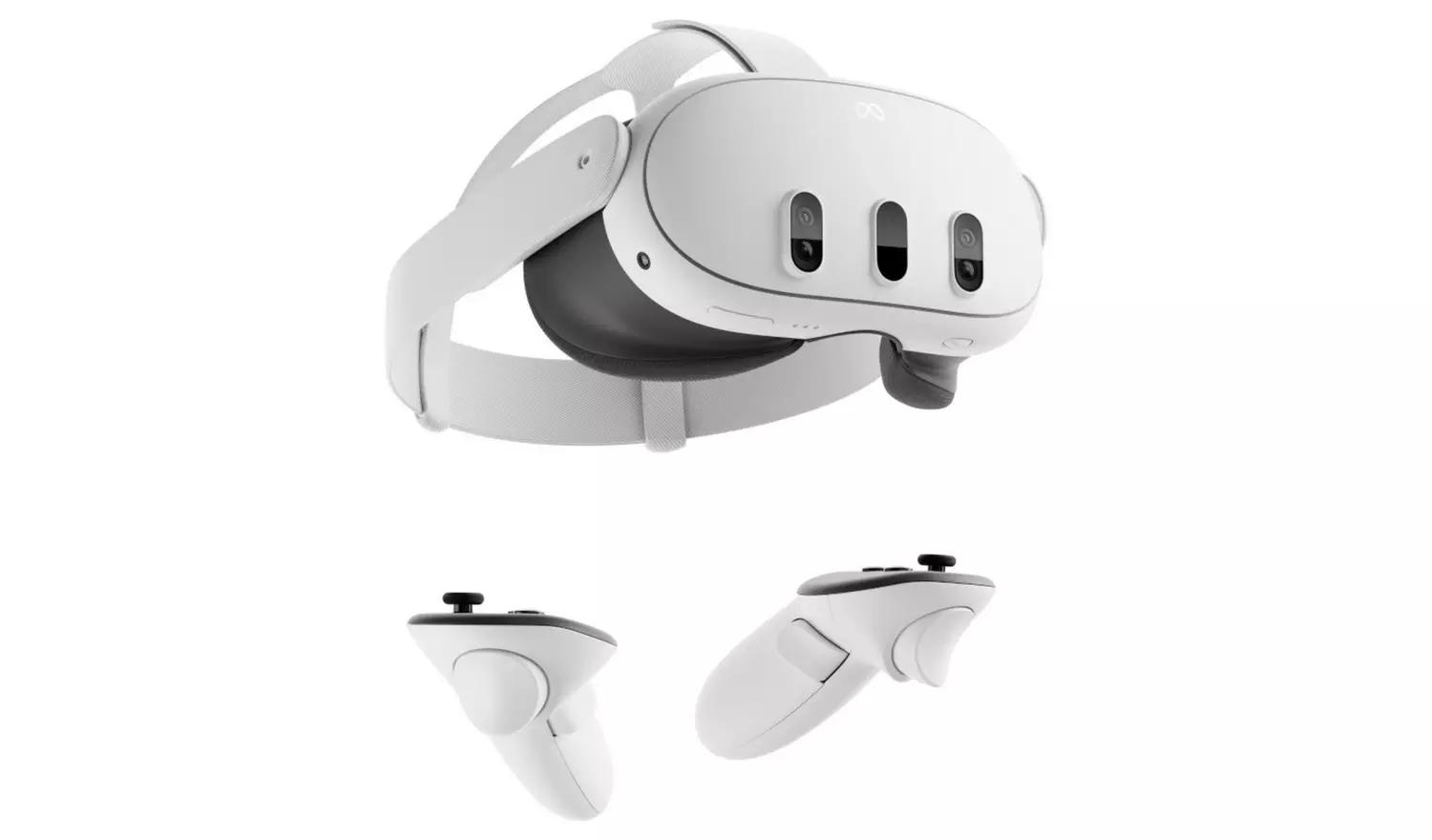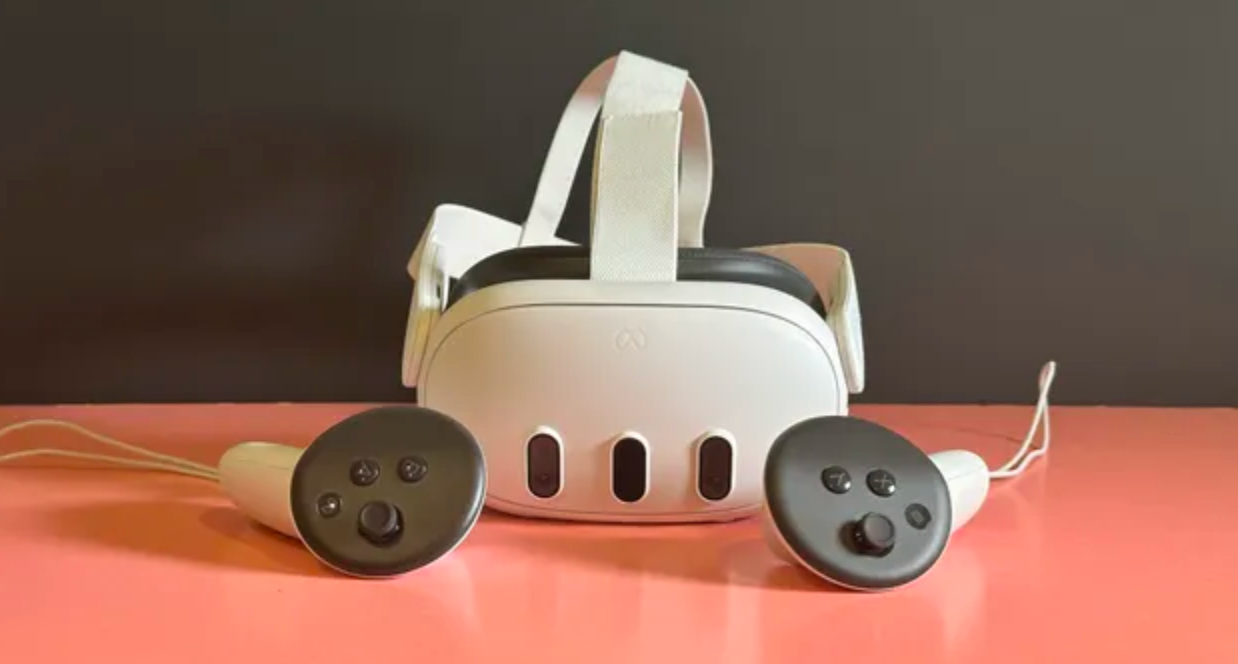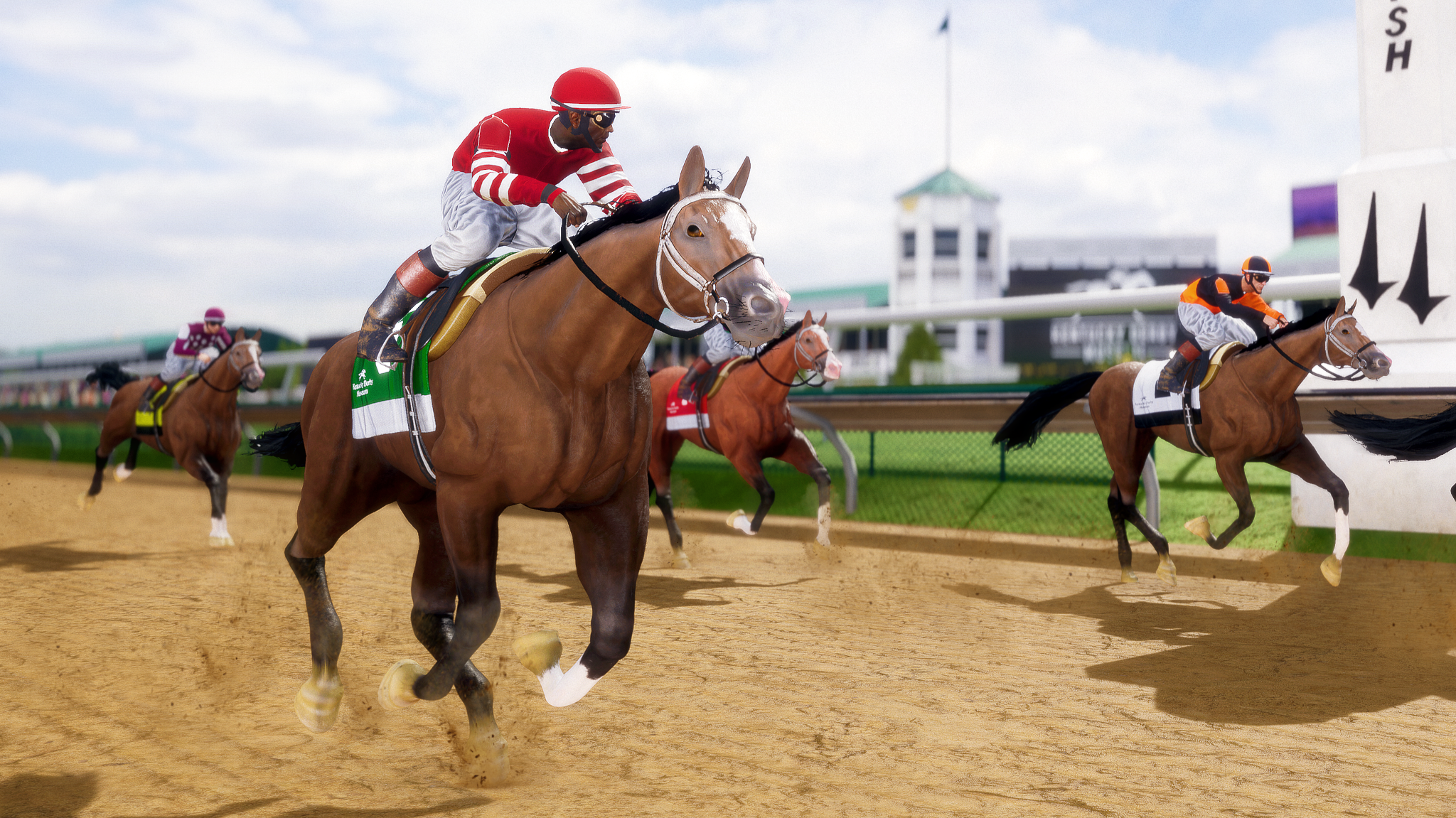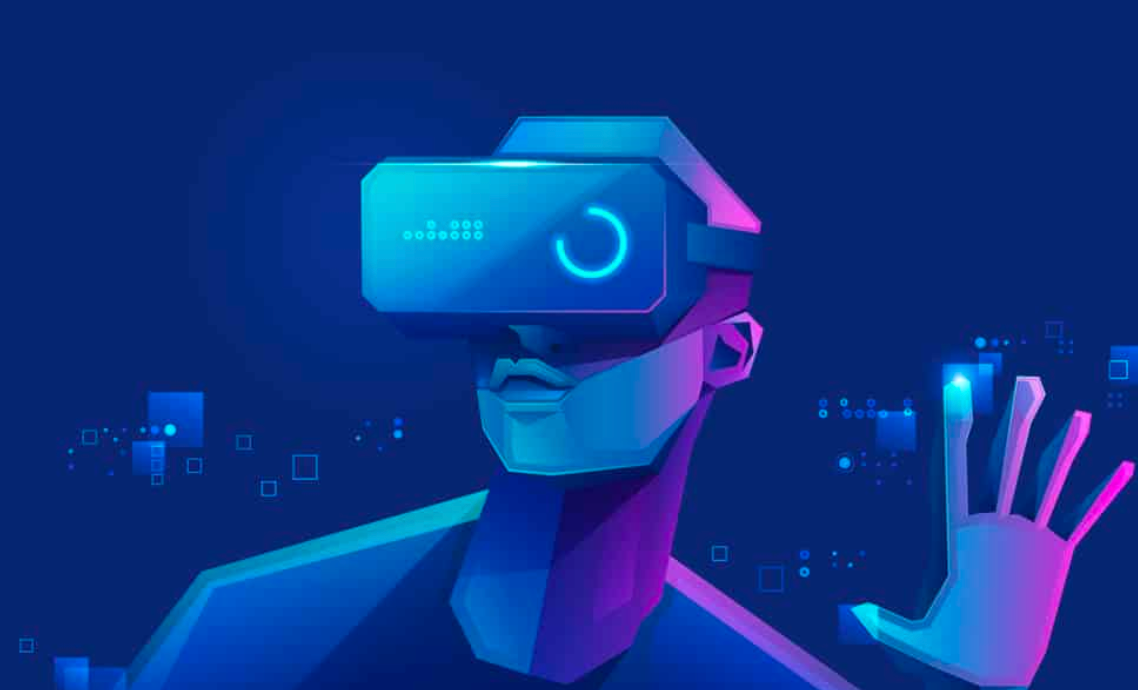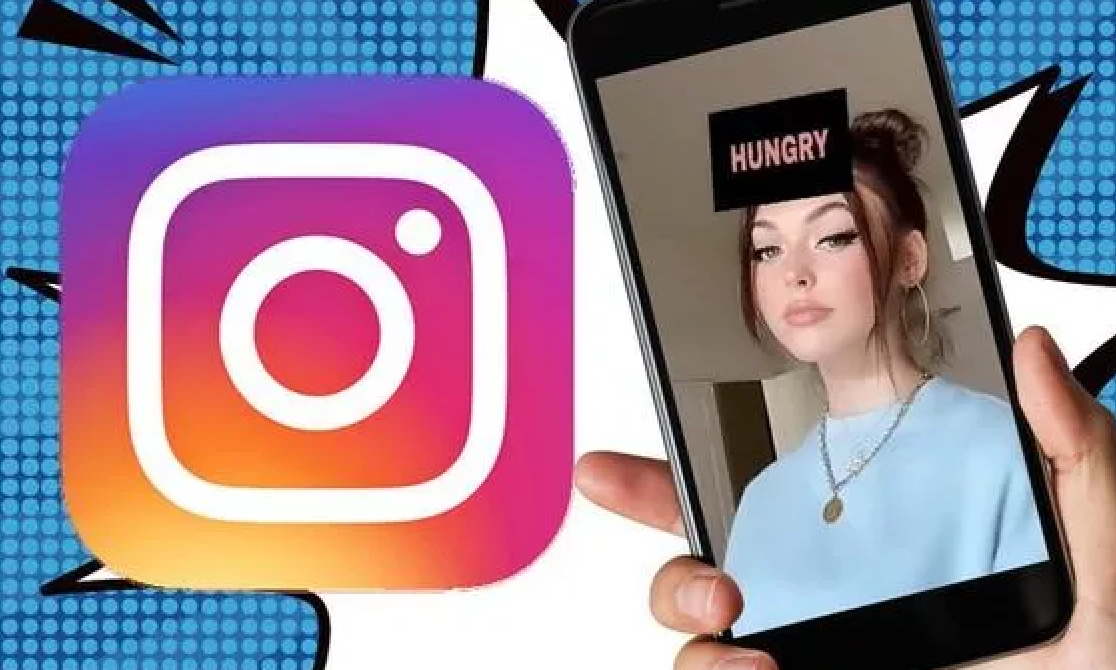
Web AR vs social AR, whats the difference?
How to use AR effectively
Augmented Reality (AR) is a technology that brings the virtual world and the real world together. Its main purpose is to immerse the viewer into the experience it has created. There are different types of AR content such as face filters, world effects, portals, and gamified experiences. Below are the 3 pillars of AR.
1.Social AR, what is it?
Social AR is experienced through native apps. Social media apps such as Facebook, TikTok, Instagram, and Snapchat allow AR for marketing purposes in a highly engaging manner, it is considered to be Social AR.
If you are a brand on, say, Instagram and want an excellent way to bring in new followers, while also tapping into your current audience and getting them to make a purchase, AR is what you need. AR through social commerce has been steadily bringing in potential users who turn into loyal customers. It can make you viral without spending anything on ads as well - that's the power of shareability of a good AR experience. It brings a whole new level of interaction with 3D or 2D objects, right at your fingertips. Many brands have used it for maximum benefit - be it a cosmetics company allowing you to "try on" a lipstick before you buy it, or a furniture brand helping you visualize a couch that you're planning to splurge on. Before you make your choices, you get the chance to get a look and feel of it. Normal photos just don't cut it. AR adds to the confidence that the potential customer is about to have in your product.
Advantages of Instagram AR
Instagram boasts around 500 million daily active users, with approximately 70% under age 35—a highly sought-after demographic for many brands.
With about 80% of Instagram users following at least one brand, there is a clear interest in connecting with favored brands. This provides an excellent platform for brands with an established following to share AR experiences and promote products.
Social networking thrives on content sharing, so creative AR experiences on Instagram benefit from being shareable, helping brands reach new customers.
What is WebAR, and what is it?
WebAR can be accessed with just a webpage link or a QR code, no need to access via an app.
Users can gain the complete and personalised service of AR across a standard internet browser.
Creating a great WebAR experience is considerably more than simply using the technology to create something spectacular. Consider how you might leverage these encounters to connect a wider BTL campaign, create a more interesting tale, or make something more viral.
You can now enable and distribute AR technology content straight via your website. WebAR touches double as many smartphones as its app-based version because of its broad availability.
According to studies, adding engagement to information may increase the retention of your brand by up to 80%. WebAR is not only entertaining for viewers, but it can also efficiently communicate business messages.
By delivering immersive experiences straight to the mobile web browser, WebAR aims to make AR available to anyone, anywhere. It allows you to access consumers' devices across the world by delivering AR experiences directly to their internet browsers.
Catalyst has developed a toolkit to give brands a super-accessible way to deliver AR effectivity with total brand control, from custom microsites to branded URLs. When you start a WebAR project using our toolkit you have total control over the whole user journey creating your own unique consumer experience.
WebAR is an intriguing technology that allows businesses to reach out to their customers in new and engaging ways. Furthermore, as support from large tech businesses grows, its power and performance are expected to increase. You may quickly integrate interactive content anywhere with this technology. You may list or publish your AR-enabled URL instead of utilising QR codes if you wish.
All major smartphone manufacturers, including Samsung, Apple, HTC, Xiaomi, Huawei, and others, support WebAR, as do all major web browsers, like Safari, Firefox, and Chrome.
Advantages of Web AR
Web AR offers the most seamless and convenient way for users to engage with AR. Users only need a smartphone with a camera and internet connection, eliminating the need to download an app. This ease of access translates to a broader audience.
For example, a consumer searching for sunglasses or makeup can instantly use face filters to virtually try on products. This “shop from anywhere” capability builds trust and positive brand associations, making a lasting impression on consumers. Web AR is traditionally built in 8th wall. Note 8th wall charges a monthly licence fee so this needs to be baked into budgets!
What is App AR?
So appAR is where experiences are baked into apps. Typically developed in Unity over Swift. If AR is a key priority then you develop an AppAR. They offer a fully augmented reality experience through the app store.
Ever since the explosion of AR on mobile devices, native app AR has been the only option, in the beginning. These began as a logical evolution as technologies such as Google Cardboards, Oculus Rift, and Gear VR became available.
But when building these apps, there is one big decision to make: whether to go native or cross-platform. Most programmers choose iOS because there are fewer devices (models) to test compatibility with, compared to Android's large range of screen sizes.
Even though both iOS and Android proved themselves as successful an augmented reality platform. You could create them on iOS using ARKit or on Android using ARcore. But native AR application offers the greatest capabilities and functionalities.
Pros of Native AR
AR features in an application can load objects and animations far faster in apps potentially enhancing the consumer experience.
What should you choose?
Brands with an established following can greatly benefit from AR full stop. It's a perfect tool to increase impressions and talkabilty. Choosing between WebAR,socialAR or appAR will be down to your deployment strategy or marketing objectives. Is it a mass adoption campaign? Do you want to drive mass engagement over a short period of time?
Web AR can complement socialAR by offering flexibility. Brands can link Web AR through stories, prompting users to "Swipe Up" and access the experience.
Catalyst has developed AR filters for leading brands such as Nike, Nissan, Uber, AMEX to name a few. We have a Catalyst toolkit designed to deploy custom AR experiences at pace, scale, and efficiency. Drop us a note if you would like to discover more…hello@createdbycatalyst.com.



